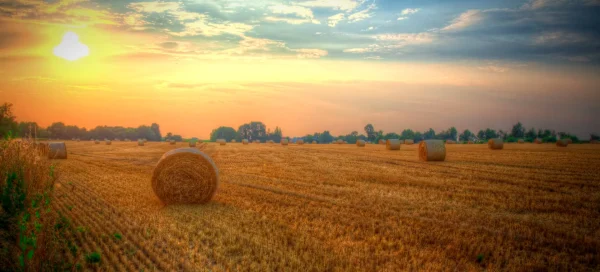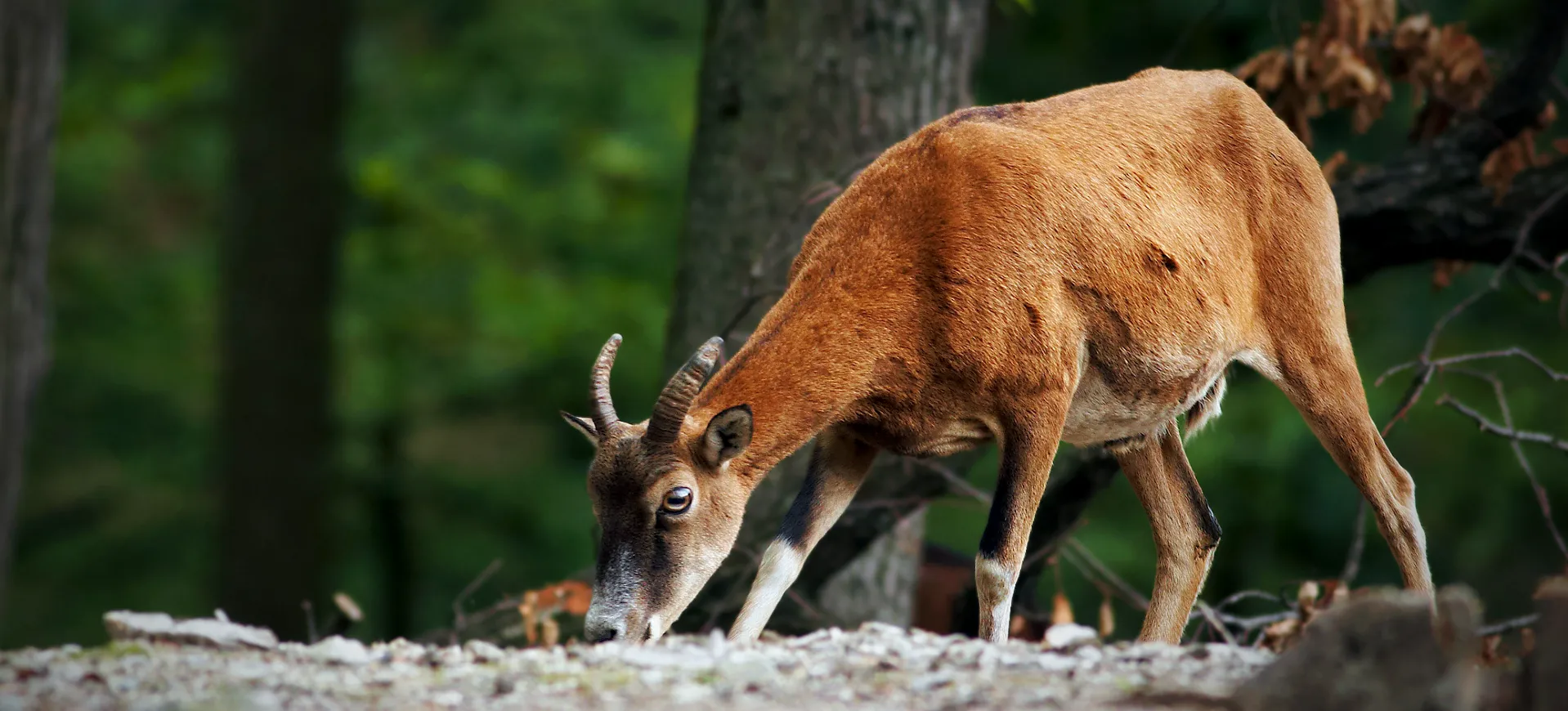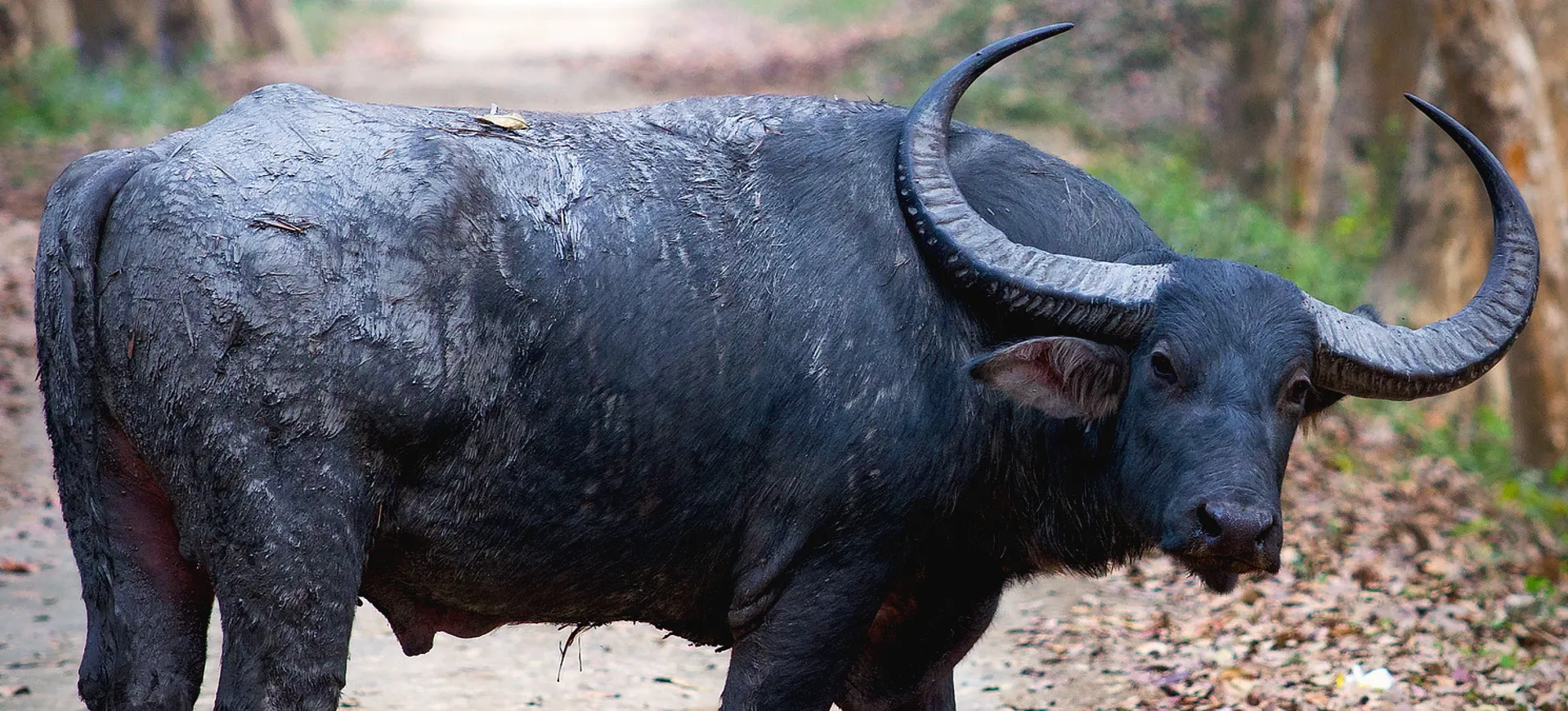Overview
Ankole Cattle, also known as Ankole-Watusi, are a distinctive breed of cattle known for their incredibly large, uniquely shaped horns. These cattle are native to Africa, particularly Rwanda, Burundi, and parts of Uganda. They have been bred for their ability to thrive in harsh environments, displaying remarkable resilience to disease and varying climate conditions. The Ankole Cattle are not only a source of meat and milk but also hold significant cultural value in East Africa, symbolizing wealth and social status.
Ankole Cattle have a slender frame, a long, elegant neck, and a straight back, with males being significantly larger and more muscular than females. Their coat color varies widely, ranging from red, brown, and black to mixed patterns, often with a light underside. The horns, their most striking feature, can reach up to 8 feet from tip to tip. These horns are a defense mechanism and a thermoregulation system, with blood vessels running through them to disperse heat.
Despite their large horns and imposing stature, Ankole Cattle are known for their docile temperament. They are an integral part of the pastoralist lifestyle in East Africa, where herders rely on them for sustenance and as a form of wealth. In recent years, Ankole Cattle have gained popularity in other parts of the world, including the United States, for their unique appearance and hardiness. Conservation efforts are ongoing to maintain the purity of this breed, as it faces the threat of crossbreeding and diminishing habitats.
Taxonomy
Kingdom
Phylum
Class
Order
Family
Genus
Species
Type
RANGE
Current distribution:
Ankole Cattle are primarily found in East Africa, with the largest populations in Uganda, Rwanda, and Burundi. They have also been introduced to other parts of Africa and other continents like North America and Europe, mainly for agricultural and conservation purposes. In these regions, they are often kept in ranches or wildlife reserves, bred for their cultural significance and genetic traits.
The distribution of Ankole Cattle in the wild is limited compared to their presence in managed herds. In their native regions, they roam communal lands and are integral to the pastoralist lifestyle. The expansion of agricultural land and urban areas has decreased their natural grazing lands, affecting their distribution and population in the wild.
Physical Description:
Ankole Cattle are distinguished by their enormous, lyre-shaped horns, the largest of any cattle breed. The horns can grow up to 8 feet (2.4 meters) from tip to tip and are highly vascularized to help regulate body temperature. Their bodies are relatively slender compared to other cattle breeds, with a straight back and a long, elegant neck. The coat of Ankole Cattle varies in color, including shades of red, brown, and black, often with a lighter underbelly.
Physically, males are more robust and larger than females, with more pronounced horns and a more muscular build. Both sexes have short and sleek coats, well-suited to the hot climates where they typically live. Ankole Cattle are adapted to survive in environments with scarce water and forage. Their unique physiology, particularly their digestive system, allows them to thrive on poor-quality forage and limited water sources.

Lifespan: Captivity: ~25 Years

Weight: Male: 1,200-1,600 lbs (544-726 kg) || Female: 950-1,200 lbs (431-544 kg)

Length: Male: 90-110 in (229-280 cm) || Female: 85-105 in (216-267 cm)

Height: Male: 55-59 in (140-150 cm) || Female: 50-55 in (127-140 cm)

Top Speed: 25 mph (40 km/h)
Characteristic:
Native Habitat:
Ankole Cattle are native to East Africa, particularly in Uganda, Rwanda, and Burundi. They are predominantly found in savannas, grasslands, and other open areas where grazing is plentiful. These environments are characterized by a mix of grasses and shrubs, with variable rainfall and dry periods. The Ankole Cattle’s native habitat has shaped their physical and behavioral adaptations, enabling them to thrive in these challenging conditions.
The habitat of Ankole Cattle also includes areas near water sources like rivers and lakes. These water bodies are essential for survival, especially during the dry season. The landscape is typically flat or gently rolling, providing ample space for grazing and movement. Human activities, such as agriculture and urbanization, are increasingly impacting the habitats of Ankole Cattle, leading to changes in their traditional grazing patterns and environments.
Biomes:
Biogeographical Realms:
Continents:
Countries:
Diet:
Diet & Feeding Habits:
Ankole Cattle are herbivores, primarily grazing on grasses and herbs found in their natural habitat. They are well adapted to grazing on poor-quality forage, often found in the arid and semi-arid regions of East Africa. These cattle have a unique digestive system, with a large rumen that allows them to process and extract nutrients from fibrous plant material efficiently. This adaptation is crucial for survival in environments where food sources are scarce and of low quality.
The availability of forage and water sources influences the feeding behavior of Ankole Cattle. During the wet season, they graze on green, nutrient-rich grasses; in the dry season, they may travel long distances in search of food and water. Ankole Cattle are also known to browse shrubs and trees when grass is unavailable, showing their versatile feeding habits. Their ability to survive on limited water suits them to the African savannas and grasslands.
Mating Behavior:
Mating Description:
Ankole Cattle have a polygynous mating system, where dominant males mate with multiple females. The mating season is influenced by environmental conditions, often occurring during or after the rainy season when food is abundant. Males compete for access to females through displays of strength and dominance, including horn wrestling and vocalizations. Successful males can mate with several females, ensuring the passing of their genetic traits to the next generation.
The gestation period for Ankole Cattle is approximately nine months. Calves are usually born during the start of the wet season when grass is abundant for the lactating mother. The birth of a calf is a significant event, as it contributes to the herd’s growth and the owner’s wealth in their native cultures. Calves are typically weaned at around six to nine months of age, after which they start grazing independently.
Reproduction Season:
Birth Type:
Pregnancy Duration:
Female Name:
Male Name:
Baby Name:
Social Structure Description:
Ankole Cattle are typically herded in groups, reflecting a social structure integral to their survival and management. The herd usually comprises females and their calves, with one or more dominant males leading and protecting the group. Within the herd is a social hierarchy, with older and larger individuals typically holding higher status. This hierarchy influences access to resources like food and water and mating opportunities. The social structure of Ankole Cattle is also influenced by human interaction, as they are primarily domesticated animals. Herders play a crucial role in managing the herd, making decisions about grazing, breeding, and healthcare.
The relationship between Ankole Cattle and their herders is symbiotic, with cattle providing essential resources like milk and meat while herders offer protection and care. In many East African cultures, the herd is also a central part of social and economic life, with cattle symbolizing wealth and status. In the wild or less managed environments, Ankole Cattle exhibit natural behaviors such as grazing, social grooming, and communal care of calves. Young bulls often form bachelor groups and may spar with each other using their horns, preparing them for future mate competition. The social interactions among Ankole Cattle are crucial for maintaining herd cohesion and ensuring the survival of individuals within the group.
Groups:
Conservation Status:
Population Trend:
The population of Ankole Cattle in the wild is not well-documented, as they are primarily kept as domestic livestock. In their native regions of East Africa, they are a common sight in rural and pastoral communities. The population trend in these areas is considered stable, although the exact numbers are unknown. Ankole Cattle are valued for their resilience, cultural significance, and economic benefits, contributing to their steady presence in these communities.
Ankole Cattle are bred for conservation, agricultural purposes, and exotic livestock in captivity, especially in non-native regions. Their unique appearance and adaptability have gained them popularity among breeders and conservationists. In these settings, populations are carefully monitored and managed to maintain genetic diversity and health. However, the total global population of Ankole Cattle in captivity is not precisely quantified.
Population Threats:
The primary threats to Ankole Cattle include habitat loss and crossbreeding with other cattle breeds. The expansion of agricultural land and urban areas reduces their natural grazing lands, impacting their traditional migratory routes and access to water. This habitat loss can lead to conflicts with humans, especially in areas where grazing land is becoming scarce. Crossbreeding with commercial cattle breeds is another significant threat, as it dilutes the unique genetic traits of the Ankole Cattle.
Climate change threatens Ankole Cattle by altering their native habitats and affecting the availability of forage and water. Diseases, particularly those spread by ticks and other parasites, also impact the health and survival of these cattle. Efforts to control such diseases sometimes lead to the overuse of pesticides, which can have unintended environmental consequences.
Conservation Efforts:
Conservation efforts for Ankole Cattle include initiatives to preserve their unique genetic traits and traditional herding practices. These efforts often involve collaboration between local communities, governments, and conservation organizations. One approach is establishing protected grazing areas where Ankole Cattle can roam freely without the threat of habitat loss or crossbreeding.
Educational programs promoting sustainable herding practices and the cultural significance of Ankole Cattle are also in place. These programs help in raising awareness about the importance of conserving this breed. Additionally, research into disease resistance and adaptation to changing environmental conditions is ongoing, contributing to the long-term survival of Ankole Cattle.
Additional Resources:
Fun Facts
- Ankole Cattle’s horns are not just for show; they are a natural cooling system, with blood circulating through the horn structure to regulate body temperature.
- The horns of Ankole Cattle are so large and distinctive that they have become a symbol of status and beauty in many East African cultures.
- Thanks to their efficient digestive system, these cattle can survive in extremely harsh conditions, including areas with scarce water and poor-quality forage.
- Ankole Cattle are known for their gentle and calm demeanor, making them a favorite among herders.
- The milk of Ankole Cattle is particularly rich in fat, which is highly valued in their native regions.
- In Rwanda and Burundi, the Tutsi, Hutu, and Twa people have traditionally used Ankole Cattle in cultural ceremonies, including weddings and community events.
- The Ankole-Watusi breed, known in the Western world, has become popular in countries like the United States for its unique appearance and resilience.
- Some Ankole Cattle have been crossbred with other cattle breeds to create hybrids that combine the Ankole’s hardiness with other desirable traits.
- The breed is not just valued for its utility; in some cultures, owning Ankole Cattle is a significant cultural practice, symbolizing a connection to ancestors and traditional ways of life.
- Despite their large size, Ankole Cattle are quite agile and capable of navigating rough terrain for food and water.















































































